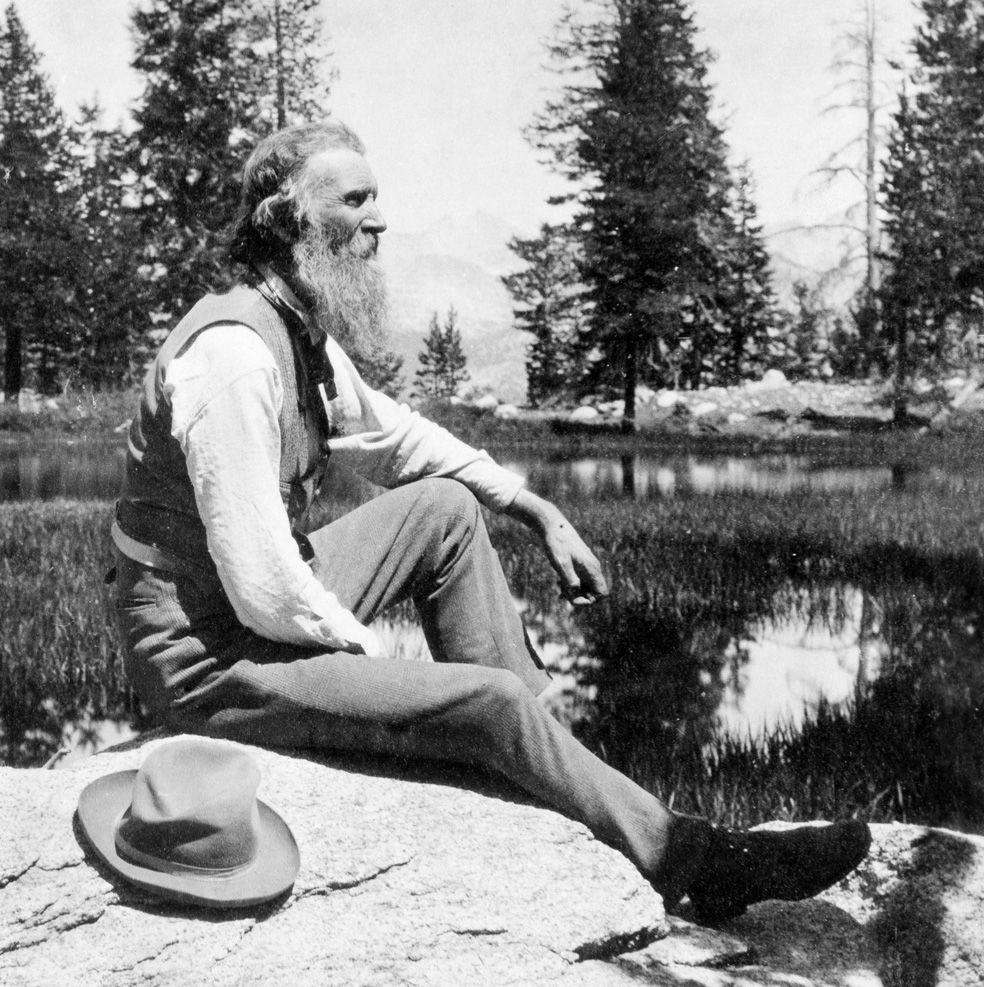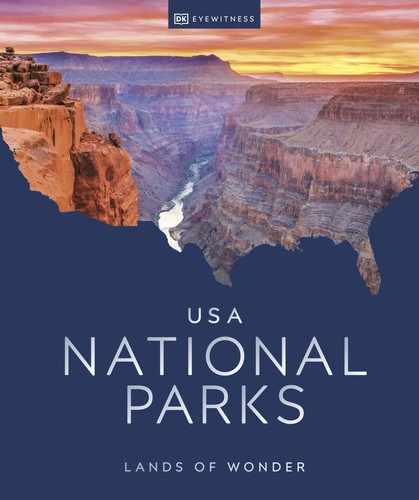THE BIRTH OF AN IDEA
Romanticism—with its focus on nature and the great outdoors—and the efforts of visionary individuals laid the foundations for the creation of the National Park Service.
Celebrating the natural world
Attitudes toward nature had been shifting since the start of the Romantic era in the late 18th century, when artists began to draw inspiration from the natural world. From the 1830s, writers such as Walt Whitman, Ralph Waldo Emerson, and Henry David Thoreau urged their fellow citizens to see land as more than just a commodity, while artists of the Hudson River School—Thomas Cole, Thomas Moran, and Albert Bierstadt—began to create romantic images of the American landscape on vast canvasses.
Influenced by this growing movement, surveyor Ferdinand V. Hayden—aided by Moran’s paintings—helped persuade Congress to declare Yellowstone the nation’s first national park in 1872. The land was set apart “for the benefit and enjoyment of the people,” though the American Indians who had been custodians of the land for centuries were notably not allowed to visit.

The Grand Canyon of the Yellowstone (1872) by Thomas Moran captures the artist’s adoration for the great outdoors
Father of the national parks
Born in Scotland in 1838, John Muir immigrated to the US with his family when he was 11. He spent much of his 20s wandering North America’s wilderness, increasingly drawn to botany and the great outdoors. In 1864, President Abraham Lincoln assigned Yosemite to the state of California—the first time the federal government had set aside land specifically for preservation and public use. Having fallen in love with Yosemite’s landscape, Muir spent the rest of his life campaigning to protect it, and he became a passionate advocate for America’s national parks. He lived in Yosemite for several years and wrote essays that contributed to the establishment of Yosemite National Park in 1890. He also cofounded the Sierra Club in 1892, an environmental organization that is still in existence today.
In 1903, Muir took President Theodore Roosevelt on a camping trip to Yosemite in an effort to convince him to expand the national park system. It worked, and by 1916 the Department of the Interior was managing 35 national parks and monuments—a mammoth task. It wasn’t just men leading the charge for conservation in the 20th century. Muir’s lifelong mentor was Jeanne Carr, one of his university professors and a lover of nature, while activist Rosalie Edge founded Hawk Mountain Sanctuary, the world’s first preserve for birds of prey, in 1934. There were many more besides.
To more effectively handle the conservation of the parks, President Woodrow Wilson created the National Park Service (NPS) as a separate agency later in 1916. The NPS continued to expand over the next century, and it continues to grow even today, with its 62nd national park—White Sands—added to the family in 2019.
“ Only by going alone in silence, without baggage, can one truly get into the heart of the wilderness. All other travel is mere dust and hotels and baggage and chatter. ”
John Muir, 1888

Scottish-born John Muir adored the natural world, especially Yosemite, and campaigned for its conservation
